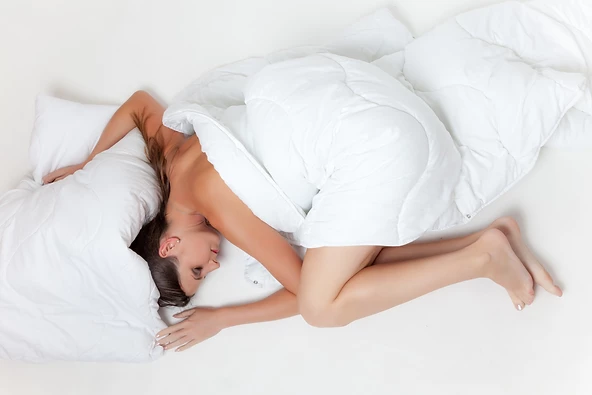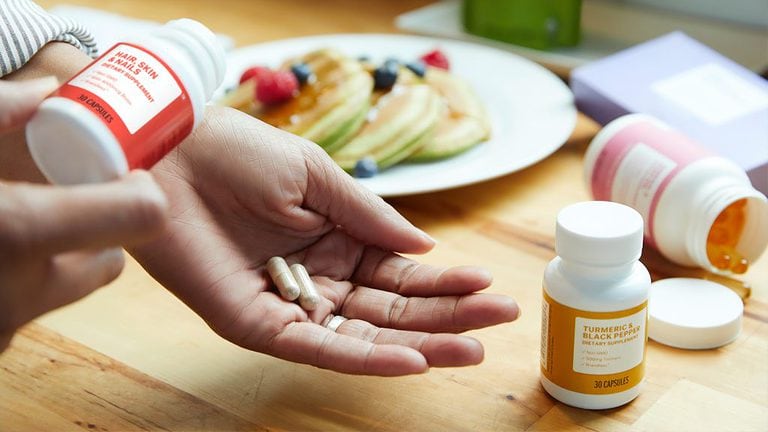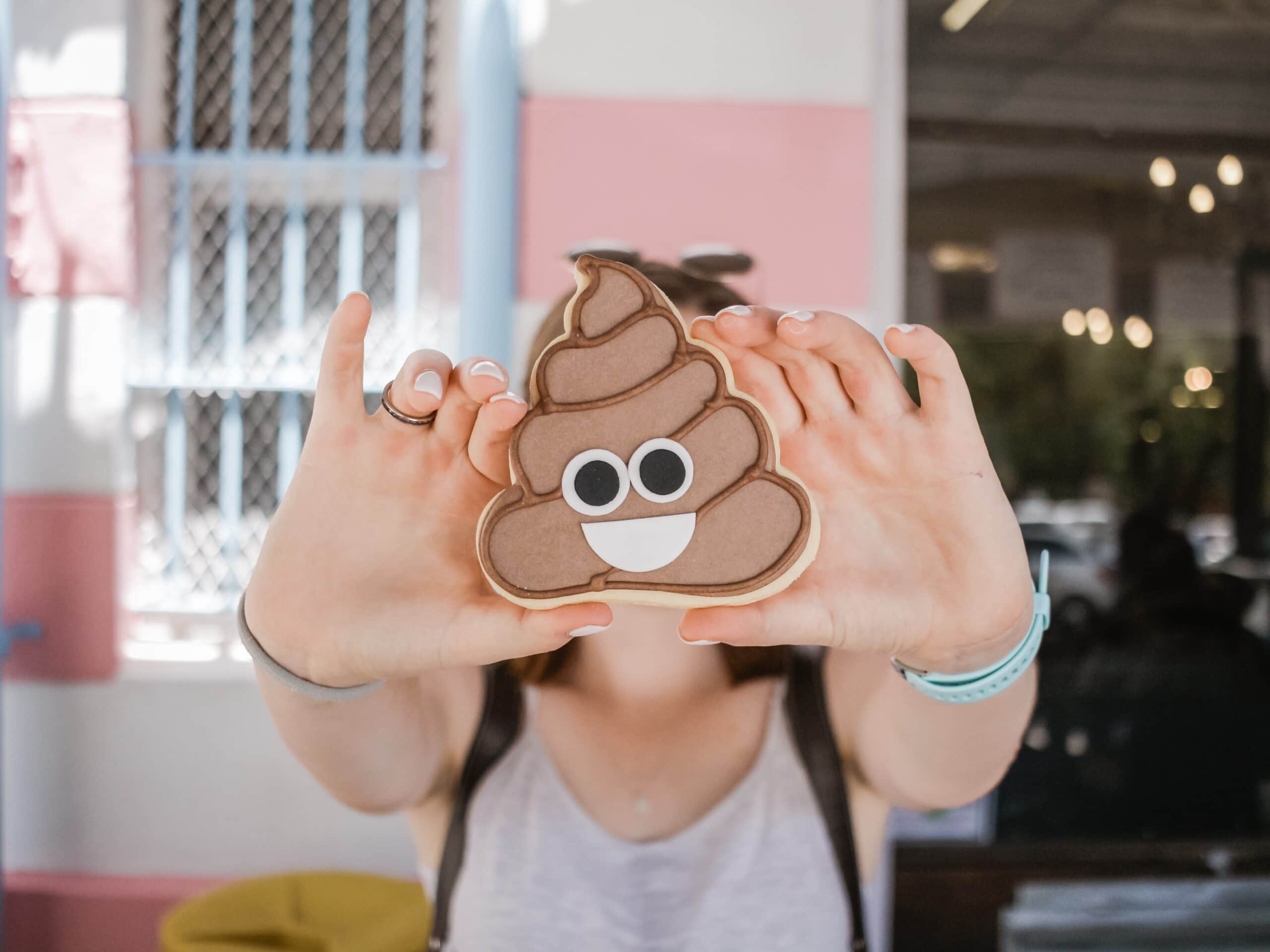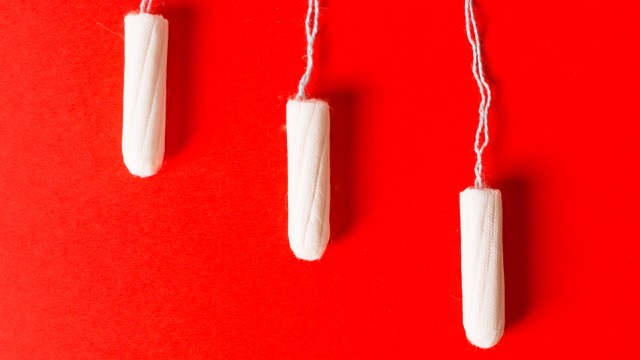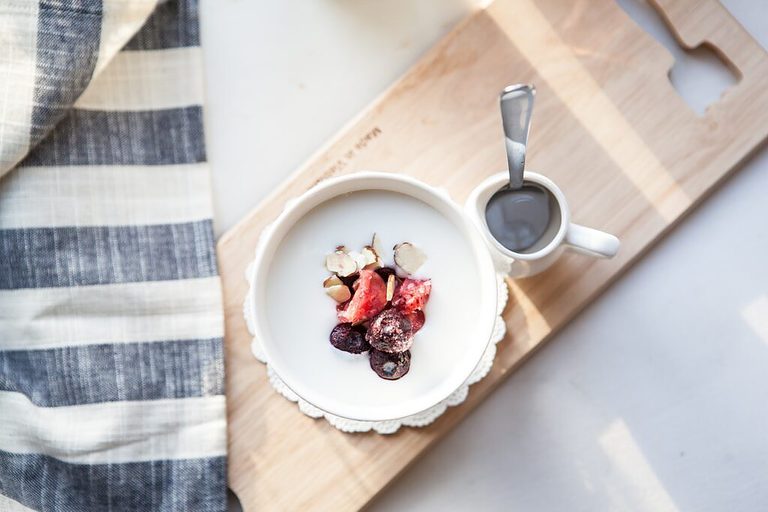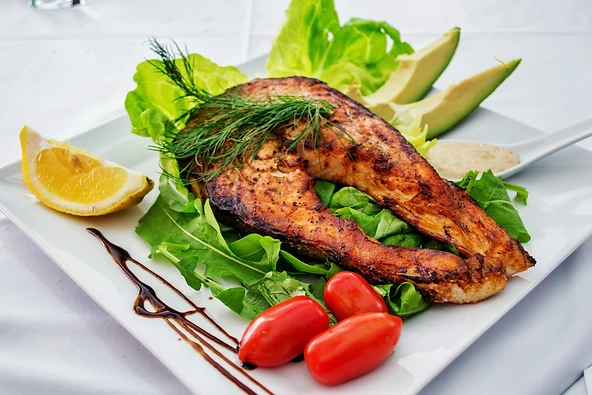So, as a female, I have struggled with low iron for a number of years and to be completely honest in more recent times it has completely affected my ability to do day-to-day things! After sharing this with you all on my Instagram, my inbox was FLOODED with “me too!” or “same” or “I have struggled with this for a long time also” and whilst I know the statistics of low iron status is very common in women of child-bearing age. I was still floored by the number of women reporting feeling the same way!
So, I thought I would re-cap on iron and hopefully this gives you ladies a nudge on going and getting yourself checked. It is absolutely critical to get enough of each and every vitamin and mineral.
What is iron?
Iron is an essential mineral responsible for oxygen transport throughout your body via red blood cells. That is, it is responsible for oxygenating every tissue in your entire body! Talk about, critical!
It also helps with keeping your immune function in check and also supplying oxygen to your muscles.
Most of your iron is found in your red blood cells, transporter and storage proteins as well as in your muscle with some floating around in your blood (serum) too.
What foods contain iron?
Iron is found in many found in many different foods, the most absorbable form is haem iron (meaning iron from blood) which is found in:
- Organ meats
- Beef
- Pork
- Veal
- Chicken
- Fish
- Seafood
The general rule is, the redder the meat the richer it will be in haem iron.

Iron is also found in many different plant & non-meat foods too, these are in the form of non-haem iron which may not be as absorbable by the body but it can be enhanced to improve absorption, so listen up to you non-meat eaters!
- Tofu
- Eggs
- Legumes, lentils & beans such as kidney beans, green lentils, chickpeas
- Nuts & seeds
- Fortified cereals such as WeetBix, AllBran, wholegrain pasta, rolled oats, brown rice, wholegrain bread
- Some flours (e.g. Teff)
- Vegetables especially spinach & broccoli
- Dried apricots
More on how to boost absorption later in this blog, so keep on reading!
How much do women need?
Women are at a particular risk of being low in iron due to regular losses of iron via menstruation. Therefore, their need for iron is much increased in women compared to men. Children are also at risk of iron deficiency, especially if they consume lots of milk as calcium can block the absorption of iron and can often displace iron-rich protein foods in the diet when consumed in excess.
Teenage girls (14-18 years): 15 mg/day
Non-pregnant & pre-menopausal women (19-50 years): 18 mg/day
Post-menopausal women (51 years +): 8 mg/day
Pregnant women (any age): 27 mg/day (during 2nd and 3rd trimesters, especially)
Compare that to:
Men (19 years +): 8 mg/day Women need 18 mg of iron every day
Where did these numbers come from?
Within these groups, athletes (such as long-distance runners) can be at particular risk of low iron as well as vegetarians/vegans are also at an increased risk as they are recommended to consume 1.8x more due to being able to absorb less iron compared to meat eaters!
Other reasons for low iron include certain infections, ulcers, poor absorption due to coeliac disease or bariatric surgery.
How do I know if my iron is low?
Common symptoms of low iron or iron deficiency include:
- Fatigue, that does not get better with rest or sleep!
- Poor concentration and brain fog
- Impaired immunity – getting sick more often
- Reduced physical ability to work (e.g. exercise)
- Pale skin
- Shortness of breath
- Dizziness
- Headaches
- High resting heart rate or irregularly
- Brittle nails, cracking at the side of the mouth
- Spooning of the nails (i.e. they are dipped from a profile view)
More about iron deficiency symptoms here. Symptoms of low iron can be vague, go and get a simple blood test to know for sure!
Other nutrients that can also contribute to anaemia include folate and vitamin B12, which can also be checked in a routine blood test.
The best way to know for sure if your iron is low is to ask your doctor for a blood test, known as “Iron Studies” and also a “Full Blood Count”.
What are the different levels of deficiency?
There are different markers in the blood that tell your doctor (and you) about your iron status.

As you can see from the table above, depending on which markers are low determines your “severity” iron depletion or deficiency. Symptoms such as spooning of nails usually occur after chronic iron deficiency anaemia but you may experience other symptoms like fatigue even at iron depletion as 25% of your body’s iron is stored as ferritin.
What is the role of iron when trying to conceive?
There isn’t much good scientific evidence available that really gets to the role of iron in fertility and conception. However, it is usually strongly recommended that you are “iron replete” and have your ferritin topped up before pregnancy. Most prenatal vitamins (which should be commenced at least 3 months before planned conception) contain some iron but doses vary between brands. It is often not enough to restore low iron stores or deficiency in women looking to conceive soon with poor iron status.
One study of 438 women over 8 years showed that women who took iron supplements were at a lower risk of ovulatory infertility (that is infertility due to issues with ovulation). Studies in rats also showed a reduced ability to conceive when severe iron deficiency was present. However, make sure you read the rest of this blog before running out to supplement your iron (especially, blindly – i.e. without bloodwork!)
What is the role of iron during pregnancy?
Despite losses being reduced during pregnancy as menstruation has ceased, requirements quickly escalate! Particularly during the second and third trimesters, a woman’s blood volume increases to support baby’s own blood supply. With more blood comes an increased requirement for iron! It is important to help keep Mum’s energy levels up and to oxygenate all her cells and tissues as well as her growing baby’s and the placenta.

However, 27 mg a day is near impossible to achieve from diet alone (especially if you’re vegetarian!) so supplements are necessary and if they don’t keep your iron status in check, some women end up getting an iron transfusion to bump it up quick smart!
Some research has shown that severe and ongoing iron deficiency anaemia can result in a low birth weight baby, so it should be managed early on and rectified ASAP when identified.
How do I get enough iron from my diet?
If you’re an omnivore, including lean red meat a few times a week and lots of non-haem sources daily to help you reach your daily target of 18 mg a day.
If you are relying mostly on non-haem sources of iron, these are more sensitive to other elements of food and nutrients that can either help or hinder its absorption.
Inhibitors
Key inhibitors of non-haem iron absorption include:
- Calcium: like iron it is a positive divalent ion, which just means it competes for absorption in the body. Avoid calcium-rich foods such as dairy and calcium supplements with or around mealtimes.
- Tannins: found in tea & coffee, sipping on a cuppa 30 minutes after your lentil soup won’t help you absorb iron
- Phytates: a type of antioxidants found in wholegrains, legumes, nuts & seeds (i.e. where you find lots of non-haem iron), again little you can do about this one. Some people “activate” things like nuts by soaking to reduce phytate content but honestly I would not pay the extra for “activated” anything!
- Zinc: often found in similar foods to iron-rich foods is also another positive divalent ion that competes for absorption in the body! There is often not much you can do about this one!
Enhancers
However, there is hope to help you absorb that non-haem iron!
- Vitamin C (or ascorbic acid): found in capsicums, tomatoes, broccoli, citrus, kiwi, strawberries and lots of other fruits and veggies helps with the absorption of non-haem iron.
- Other organic acids such as citric acid: can also help with absorption. This could mean adding some vinegar or lemon or other citrus juice to your leafy greens to aid with the iron absorption.
What about iron supplements?
Iron supplements are very handy! Especially in situations where your iron is already low, you don’t eat red meat for whatever reason or you’re pregnant (or planning on being so very shortly!) it can be very challenging to achieve this in a timely manner with food alone!
However, a commonly reported side effect of talking iron supplements is constipation! This is because excess unabsorbed iron can irritate the gut and lead to constipation. So doing your best to get as much as possible from your diet and taking much smaller doses of iron may be helpful. Alternatively, looking into “gentler” versions of iron supplements such as “iron (as amino acid chelate)” can also help dodge that horrid bowl side effect! The dosages are often lower so if you are already low, speak to your doctor about dosage. There re also other prescription iron supplements that you can ask your doctor about too.
Follow your doctor and dietitian recommendations for dosage and type of iron to supplement, but let them know if you are experiencing side effects!
What about iron infusions?
Iron transfusions involve a direct intravenous infusion of iron to help quickly raise your iron stores and levels and get your feeling back to your regular self. This by-passes the constipation side effect and during pregnancy where there is no time to waste to build up stores with supplements, it can be critical.
This needs to be recommended by your doctor and a referral is needed as the intravenous iron is a prescription.
Do you need help with your dietary intake of iron or a supplement recommendation from an Accredited Practising Dietitian with experience in fertility, pregnancy & paediatric nutrition? Get in touch today and get your energy levels back!

